-
KanBo Installation
- KanBo Installation on Office 365 and Azure (Manual)
- KanBo Installation on Office 365 and Azure (KanBo Installer)
- KanBo On-Premises Installation Requirements and Prerequisites
- KanBo Installation On-Premise SharePoint 2013/2016/2019
- Creating and Updating the Elastic Cloud Deployment
- Creating a Linux Based Virtual Machine on Azure for Elastic Search
- Installing and Configuring Elastic Search on Debian
- Creating a Windows Virtual Machine on Azure for Elastic Search
- Installing and Configuring Elastic Search on Windows
- How to Create a X.509 High-Trust Certificate
- KanBo Setup
- KanBo Modern Webpart Installation
- Uninstall KanBo from Office 365
- Supported Browsers
-
KanBo Updates
-
Additional Components
- Setting Up KanBo Email Notifications on Azure
- Setting Up KanBo Email Notifications (On-Premise)
- KanBo Outlook Add-in Installation (O365 & On-Premise)
- Send Email to KanBo - Installation (Cloud)
- Send Email to KanBo - Installation (On-Premise)
- Enabling Email a Card Message
- KanBo and Microsoft Power Automate integration: Installation
- KanBo and Microsoft Power Automate Integration: Activation
- Installation of KanBo MyBoard Synchronization with Outlook Calendar and Outlook Tasks
- Installation of the Autodesk BIM Plugin for KanBo
- KanBo and UiPath Integration: Configuration
- Nintex Integration Installation
- KanBo API for Developers
- KanBo External User Groups (Active Directory Integration)
- KanBo Mini Application Installation
- Plugin for Adding Users to KanBo / Sharepoint When They First Enter it
- SharePoint Profiles Synchronization
- SharePoint Site Collection Balancing and Admin Warnings
- Sync Targets
- Installation of the KanBo Teams App
-
Tips & Tricks
- Configure How Documents Should Be Opened from KanBo
- Customize KanBo Background Images and KanBo Colors
- Define Board Features to Be Enabled or Disabled by Default
- Disable Sleeping Tabs in Browsers
- Disable/Enable Public Boards Creation
- Find Out the Certificate Expiration Dates On-Premise
- Get KanBo ID
- How to Change the Help URL in Your KanBo
- Import Users to KanBo
- Renew Certificate for KanBo Graph Installation
- Show KanBo Version
- Removing syncing of profile pictures in the Profile Sync job
-
Troubleshooting
Creating a Linux Based Virtual Machine on Azure for Elastic Search
Table of Contents
Create Virtual Machine
- Go to portal.azure.com.
- Select “Virtual Machines”.
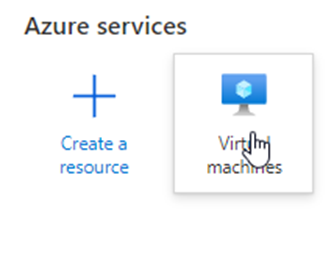 If it’s not on Your main menu, You can find it under “More services”.
If it’s not on Your main menu, You can find it under “More services”.
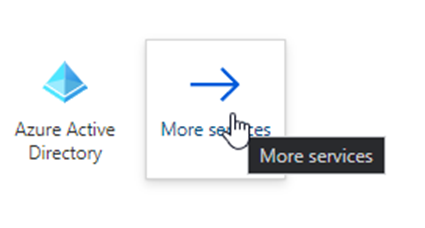
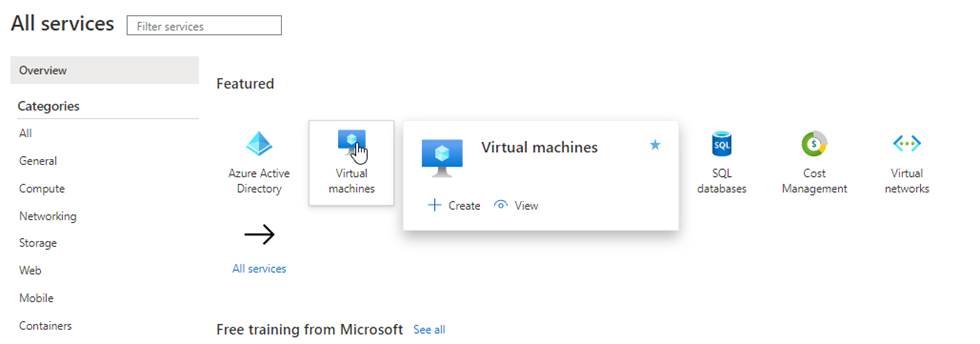
- Click on “Create” and “Virtual Machine”.
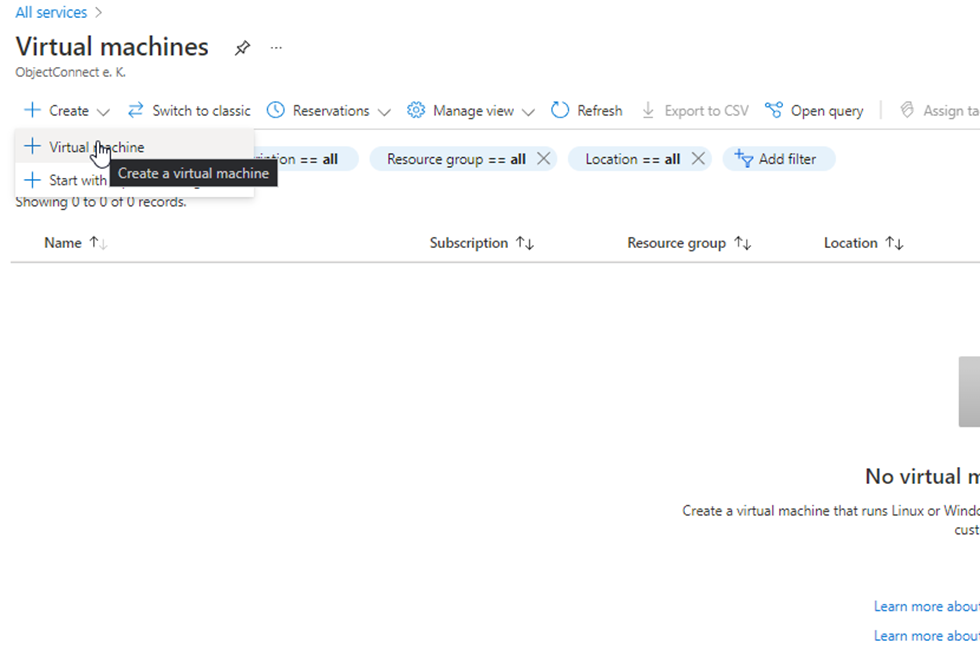
- Choose Your subscription, resource group, region and Operating System and name Your Virtual Machine.
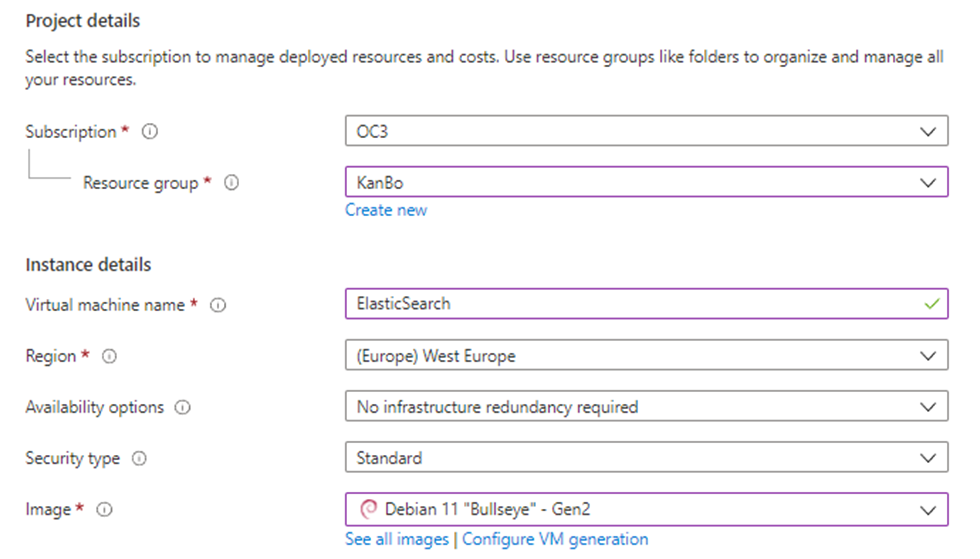
- Choose the size of Your machine. A minimum of B2s is required. You can see the sizes by clicking “See all sizes”.

- Make sure you have the “Password” checkmark selected and type in the Username and Password for the admin account.

- Make sure You have the SSH (22) inbound port selected.
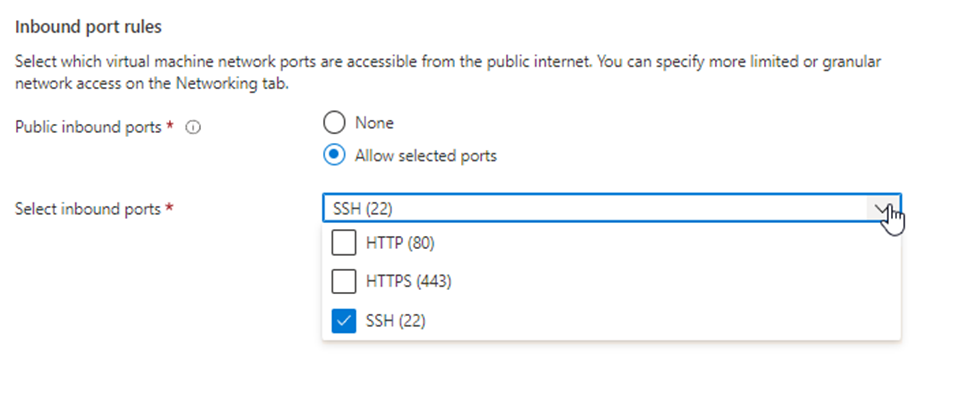
- Click “Review + create”.
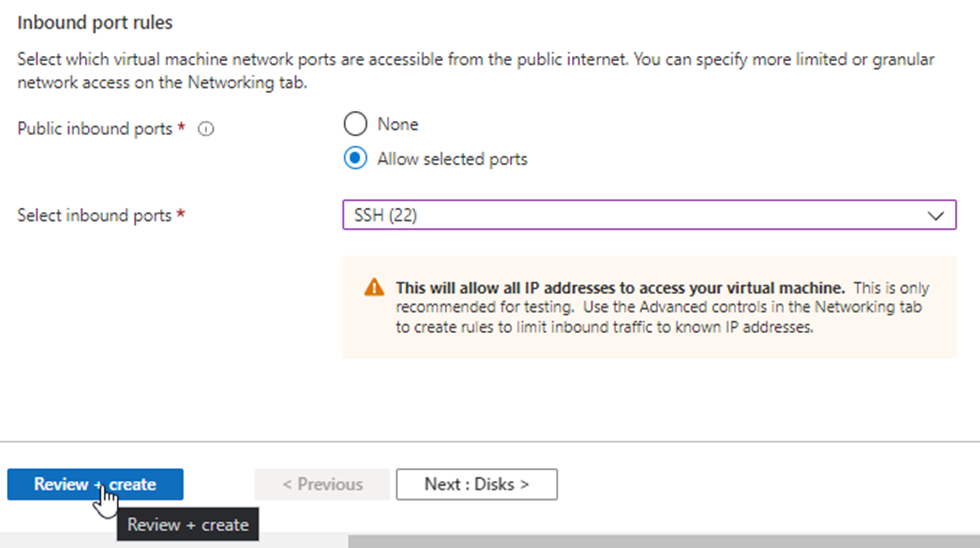
- Click create.
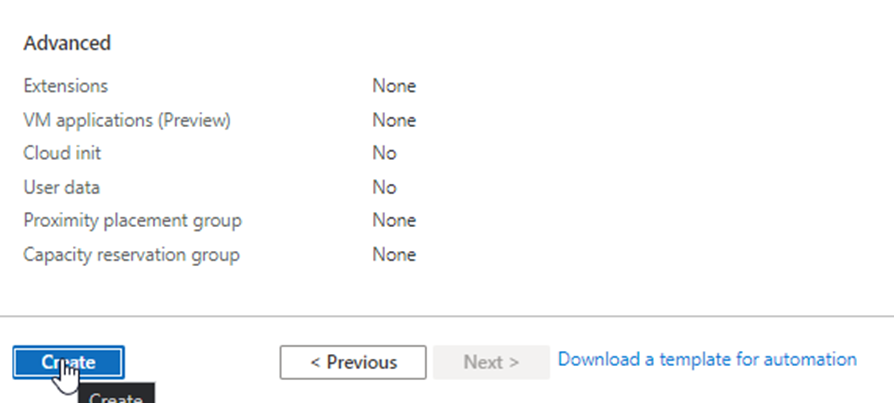
Open the VM’s ports in Azure
After Your machine is created, additional inbound rules will have to be added in the networking section of Your VM.
- Go to Your VM.
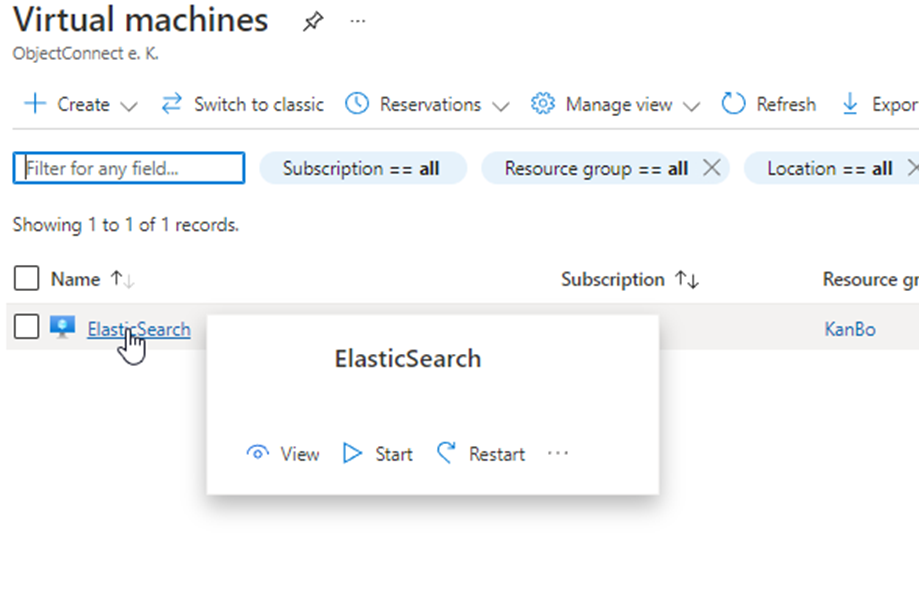
- Go to Networking.
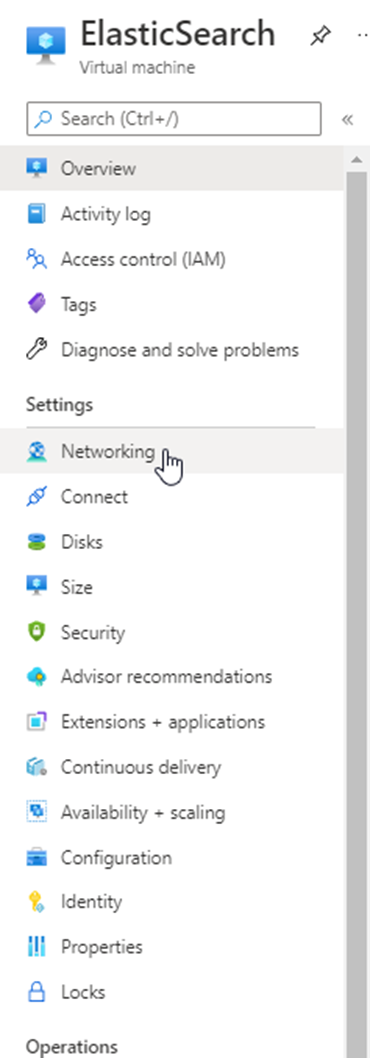
- Click “Add inbound port rule”.
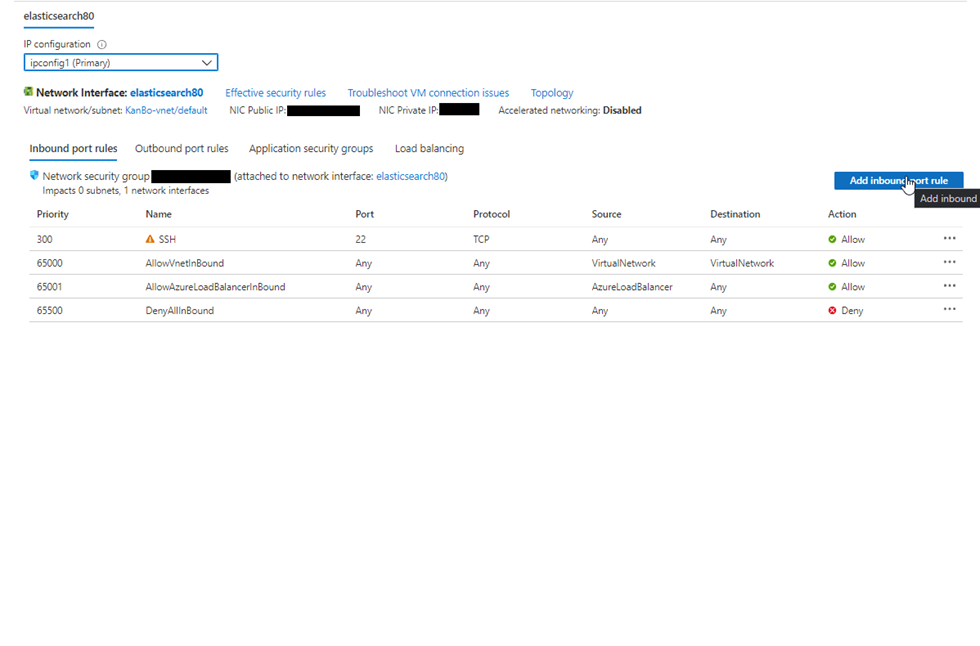
- To allow the port of Elastic Search to be accessed from the outside, change the “Destination port ranges” to 9200 and choose the TCP protocol. Name this rule “ElasticSearch”.
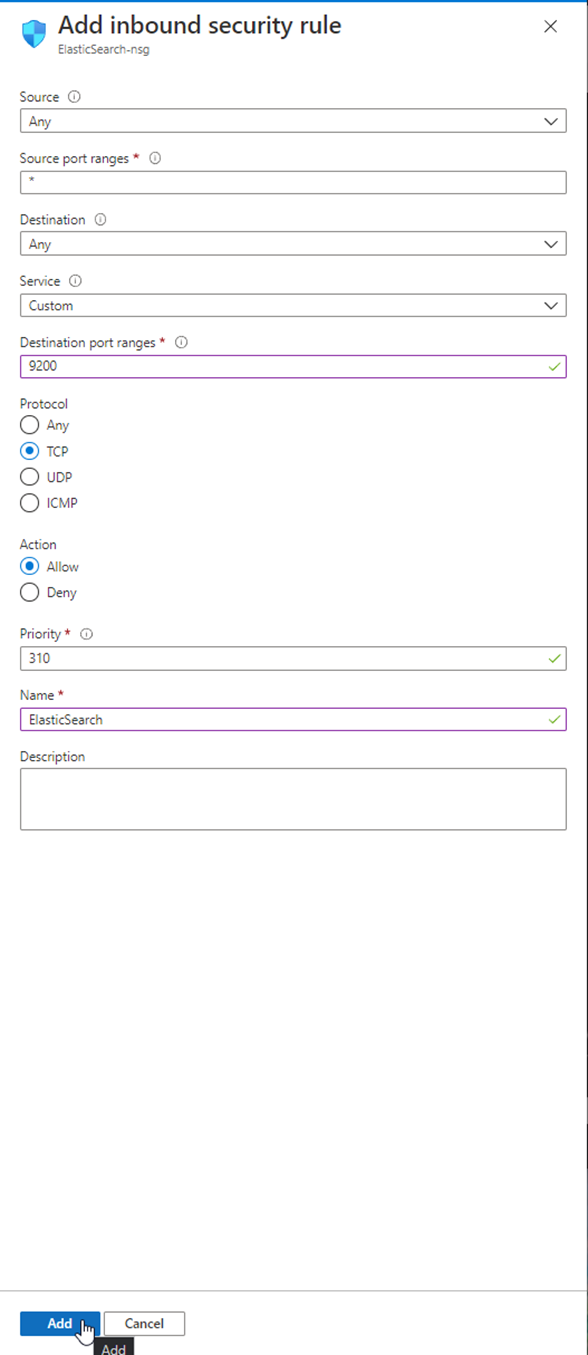
- Click “Add”.
- Follow the same with “Destination port ranges” of 5601 and with priority of 315 and the name “Kibana”. This is a graphical interface that will have to be accessed from the outside, as the Linux VM lacks a graphical interface.
Connect to a Linux VM
To connect to a Linux VM You need to connect via SHH. To connect via SSH with PowerShell:
- Run PowerShell.
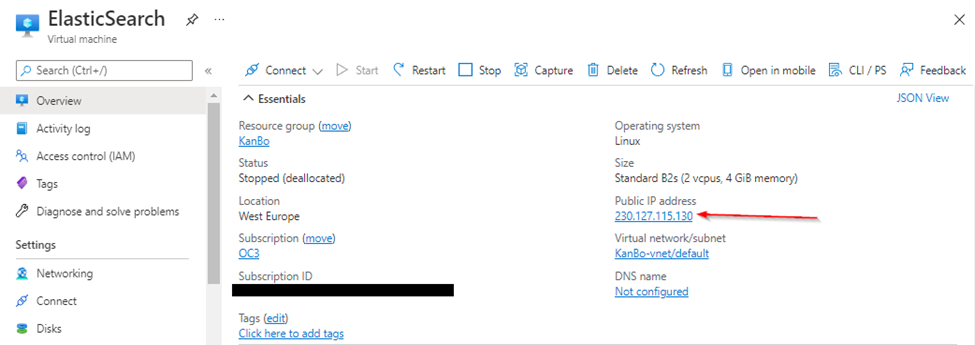
Example: ssh KanBo@230.127.115.130 -p 22
- After You run the command You will be asked about continuing the connection. Type in “yes” and press enter.
- You will then be prompted to type in Your password (You won’t be shown what You are typing). Use the password from the same step as the username.
- After typing in the password, press enter.
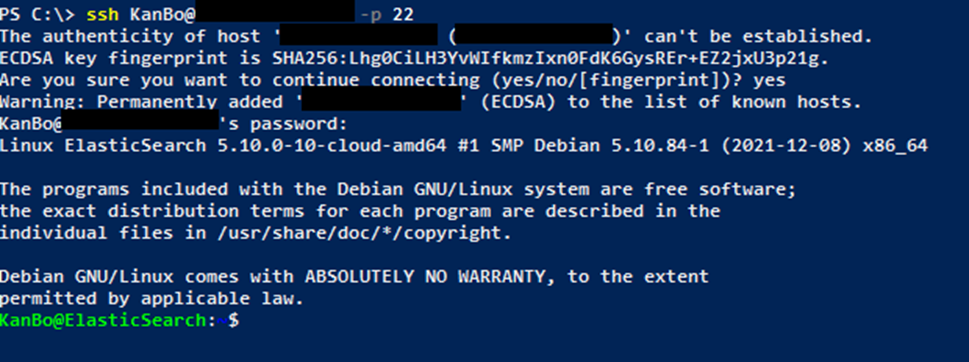
And You are now connected to the ElasticSearch VM, and can start Installing and configuring Elastic Search for KanBo.
Was this article helpful?
Please, contact us if you have any additional questions.
